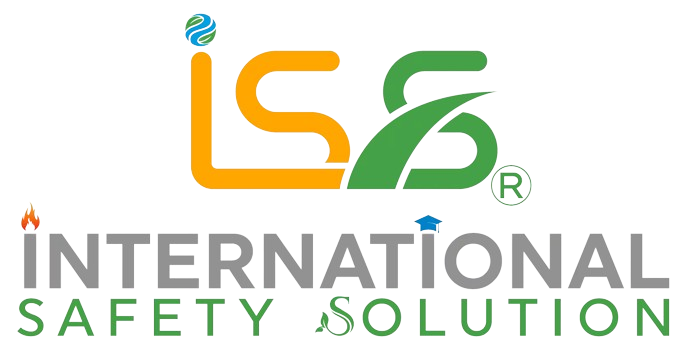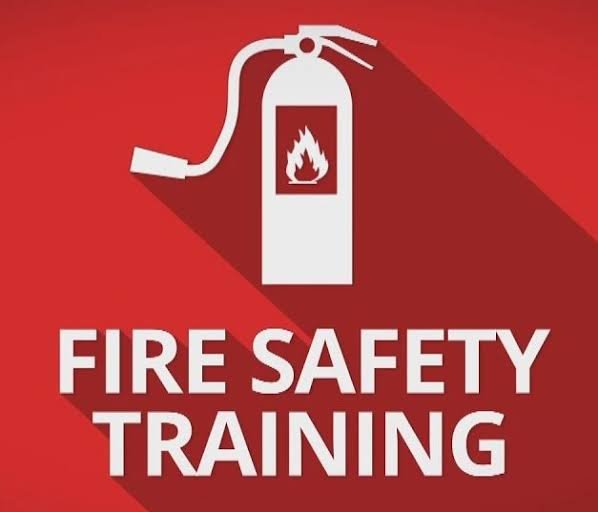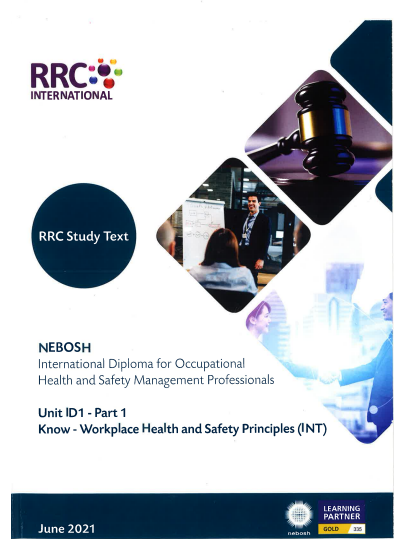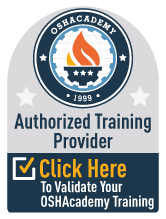In a world where safety is paramount, the role of Health, Safety, and Environment (HSE) professionals cannot be overstated. These dedicated individuals work tirelessly to ensure that workplaces, regardless of location or industry, are safe and secure for all personnel. In the realm of international safety solutions, the expertise of NEBOSH (National Examination Board in Occupational Safety and Health) stands out as a beacon of excellence. With their rigorous training programs, NEBOSH equips HSE trainers with the knowledge and skills necessary to tackle the complexities of safety management effectively.
At the heart of NEBOSH’s training lies Element 1, which forms the foundation of understanding for HSE practitioners. Let’s delve into this key element and explore its significance in shaping the capabilities of safety officers worldwide.
Understanding NEBOSH Element 1:
NEBOSH Element 1 provides a comprehensive overview of the foundations of health and safety, covering essential concepts that form the backbone of effective safety management. These concepts include:
- Legal Framework: HSE trainers delve into the legal obligations and frameworks that govern safety practices in various industries and jurisdictions. Understanding these laws is crucial for safety officers to ensure compliance and uphold standards.
- Policy and Objectives: Safety officers learn how to develop, implement, and communicate health and safety policies within organizations. Setting clear objectives and strategies fosters a proactive approach to risk management.
- Organizational Roles and Responsibilities: NEBOSH emphasizes the importance of defining roles and responsibilities within an organization concerning health and safety. Clarity in these areas enhances accountability and fosters a culture of safety.
- Promoting a Safety Culture: Beyond compliance, NEBOSH Element 1 emphasizes the significance of fostering a positive safety culture within organizations. This involves promoting awareness, encouraging reporting, and actively involving employees in safety initiatives.

The Role of a Safety Officer:
In the realm of international safety solutions, the role of a safety officer is multifaceted and crucial for safeguarding personnel and assets. Here are some key aspects of a safety officer’s work.
- Risk Assessment and Management: Safety officers are responsible for identifying potential hazards and assessing risks within the workplace. They develop strategies to mitigate these risks and ensure the implementation of effective control measures.
- Training and Education: Safety officers conduct training sessions to educate employees about safety protocols, emergency procedures, and best practices. They empower personnel with the knowledge and skills needed to respond to potential hazards effectively.
- Compliance Monitoring: Safety officers ensure that organizations comply with relevant health and safety regulations, standards, and policies. They conduct regular inspections and audits to assess compliance levels and address any non-conformities promptly.
- Incident Investigation: In the unfortunate event of accidents or incidents, safety officers lead thorough investigations to determine root causes and prevent recurrence. Their findings inform improvements in safety protocols and procedures.
- Continuous Improvement: Safety officers are advocates for continuous improvement in safety performance. They analyze data, gather feedback, and implement corrective actions to enhance safety practices and prevent incidents proactively.
Conclusion:
In the pursuit of global safety excellence, the expertise of NEBOSH and the dedication of HSE trainers play a pivotal role. Through programs like NEBOSH Element 1, safety officers worldwide are equipped with the knowledge, skills, and mindset needed to navigate the complexities of safety management effectively. As guardians of workplace safety, safety officers uphold standards, mitigate risks, and ensure the well-being of personnel, contributing to safer and healthier work environments across the globe.




